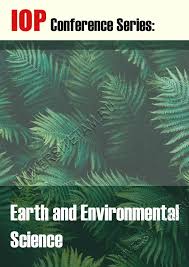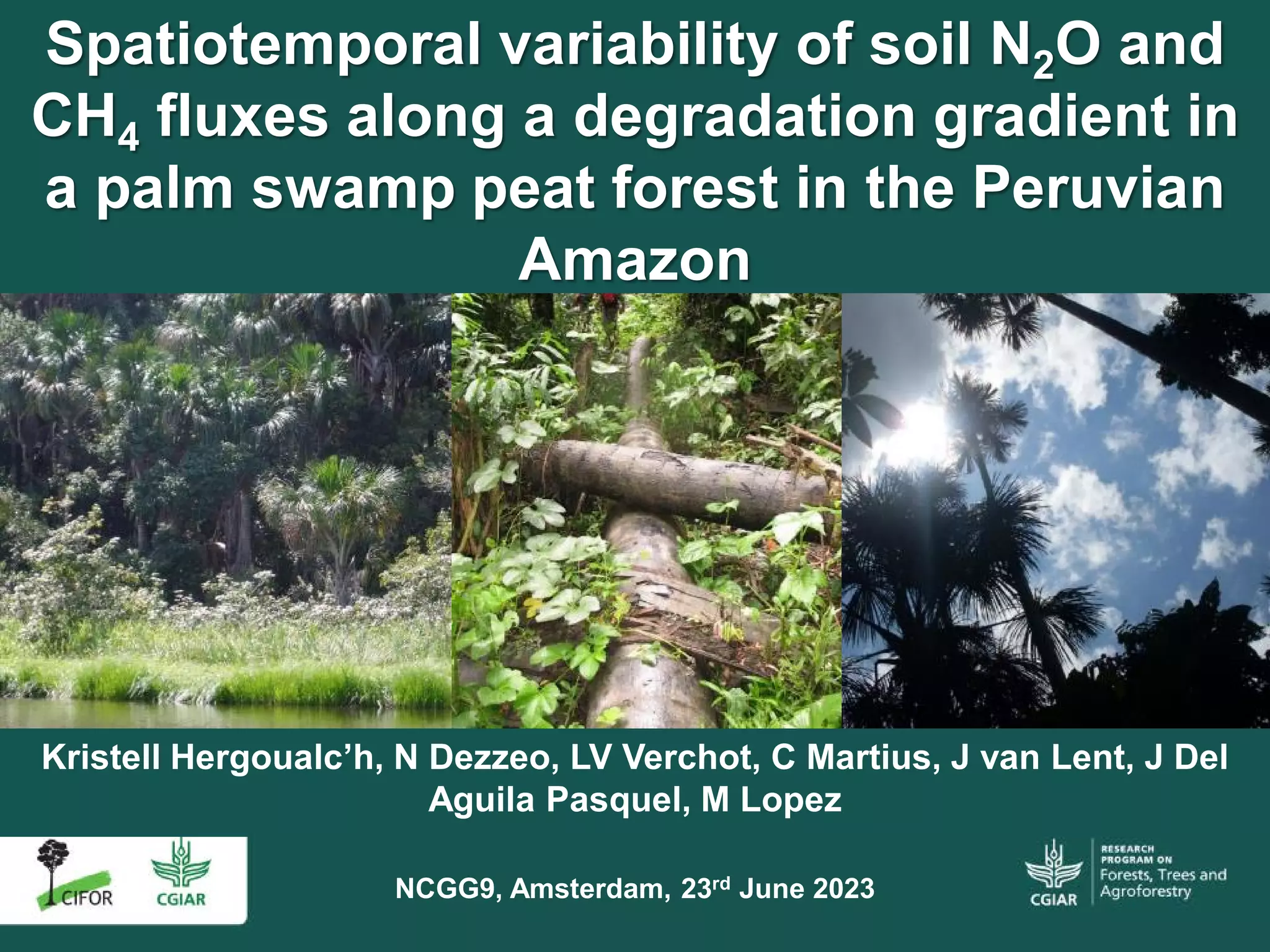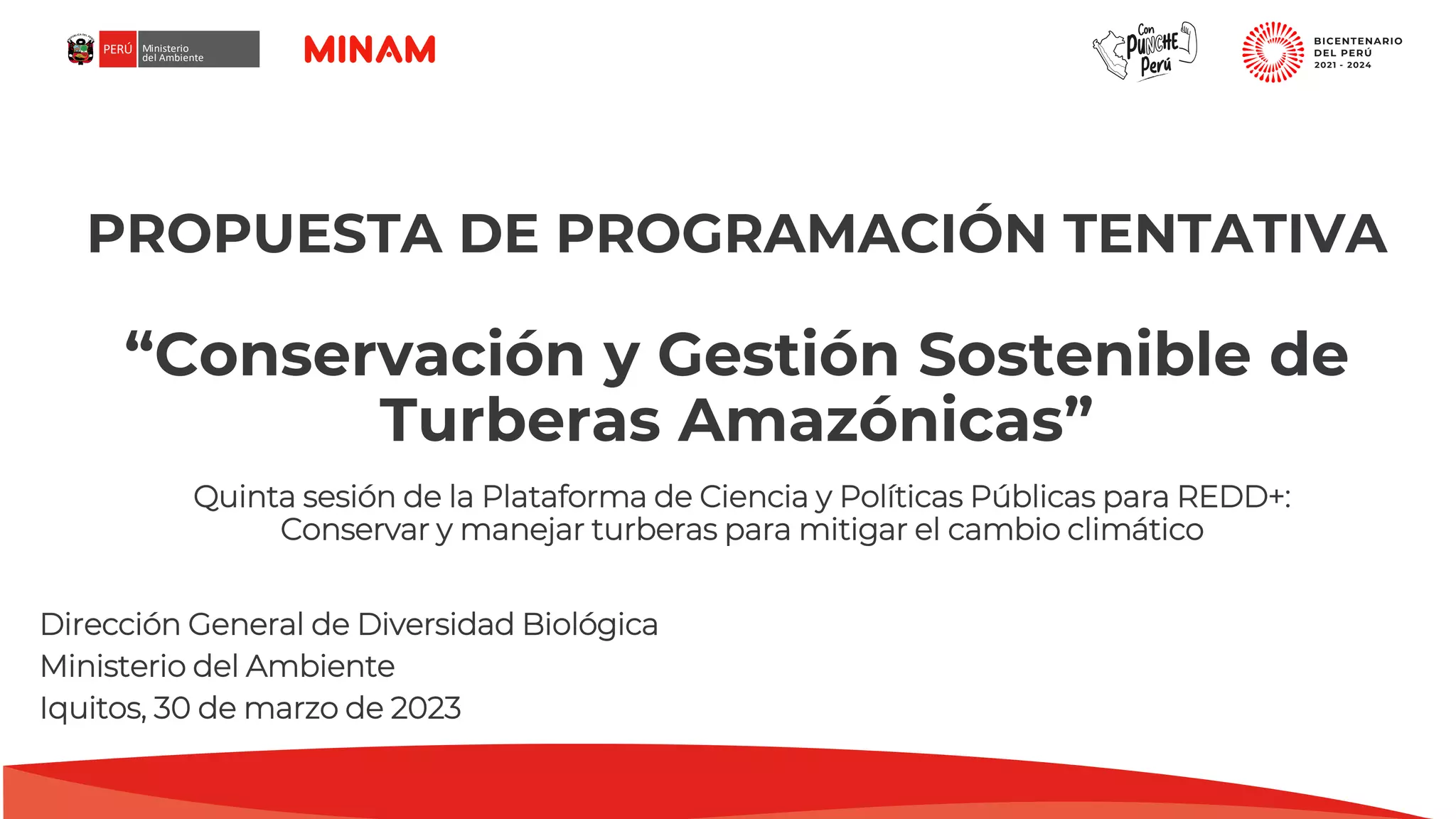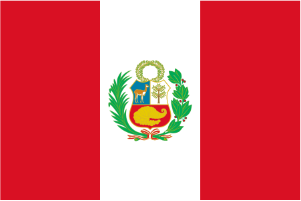
Extensive cushions of Distichia muscoides found at high elevations in the Andes form deep deposits of peat and function as peatland. The location of Distichia peatlands at the highest elevations makes them susceptible to the effects of global change including global warming. Accumulation rates of organic matter are the key function of peatland ecosystems and are highly susceptible to changes in climate. This study used 210Pb chronologies to infer the recent dynamics of three Distichia muscoides peatlands located above 4000 m in elevation. Chronological markers from dated volcanic eruptions were correlated to the 210Pb chronologies of Distichia peat and validated the 210Pb chronologies. Changes in 210Pb activity with depth indicated rapid accumulation in recent times. Organic matter had a mean accumulation rate of 1400 g m-2 yr-1 during the past 10 years, with values well above the observed regional accumulation rate of 300-400 g m-2 yr-1. The same pattern was observed in peat accretion rates, with growth rates of 1-2 cm per year during the last 10 years. Cushion plants engineer their own environment, allowing the system to be less susceptible to direct changes in climate. However, the high rates of peat accretion in recent times may be originated from increasing temperatures and excess water from nearby glacier melt. However, glaciers are predicted to disappear during the next 20 years in the northern Andes, reducing water inputs in tropical high-elevation ecosystems. Key Points Last 200 years of peat accumulation in remote cushion bogs are studied The influence of climate change on tropical peat dynamics is discussed Rapid growth of peat is related to warmer temperatures and steady water supply ©2013. American Geophysical Union. All Rights Reserved.
Download:
 file
file

- Authors: Benavides, J.C., Vitt, D.H., Wieder, R.K.
- Author Affiliation: Southern Illinois University, Medellin Botanical Garden, Villanova University
- Subjects: accretion, accumulation rate, bog, chronology, climate change, climate effect, elevation, global warming, lead isotope, meltwater, organic matter, peat, peatland, sedge, tropical region, volcanic eruption
- Publication type: Journal Article
- Source: Journal of Geophysical Research: Biogeosciences 118(4): 1627-1635
- Year: 2013
- DOI: https://doi.org/10.1002/2013JG002419
















